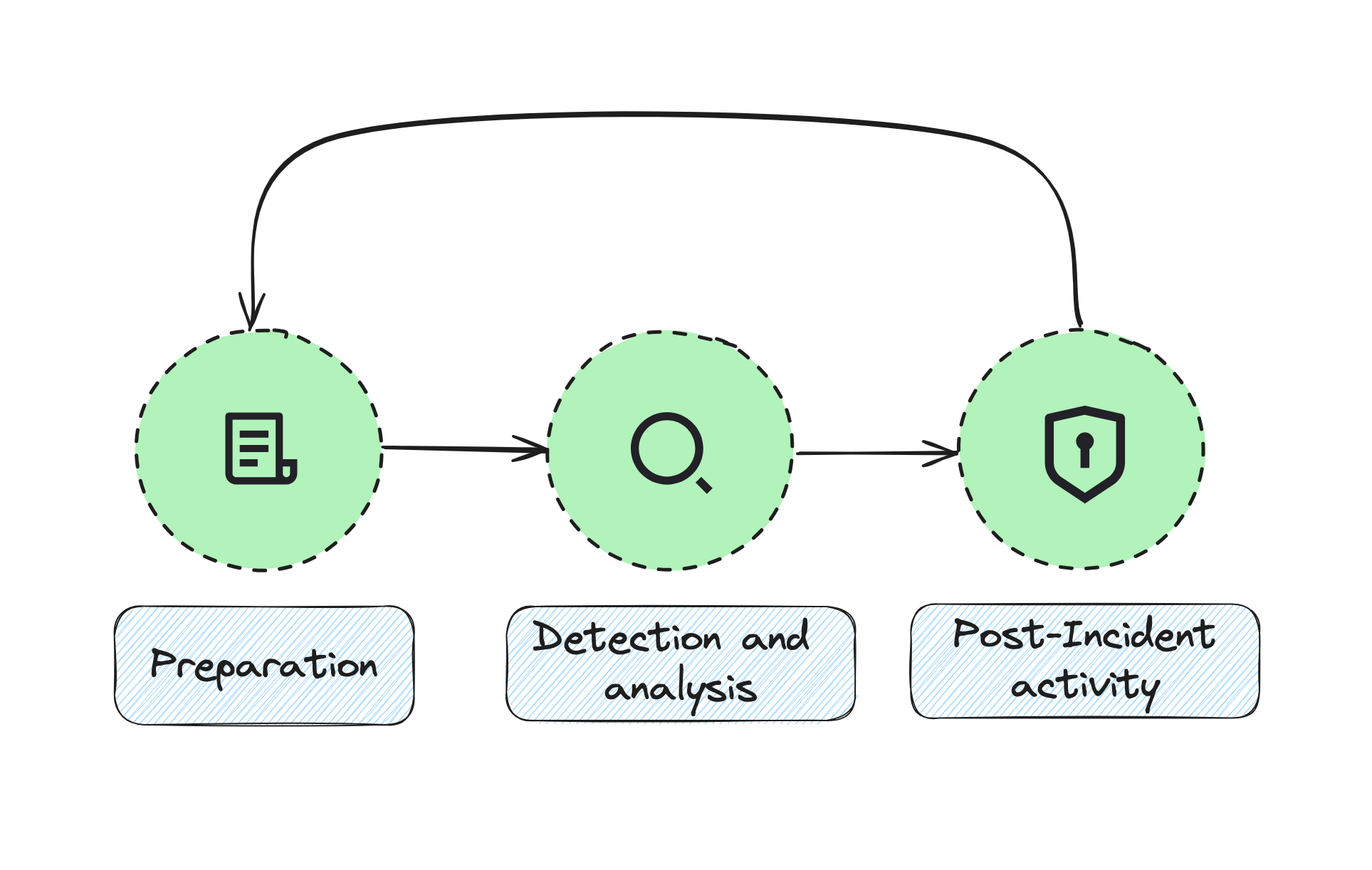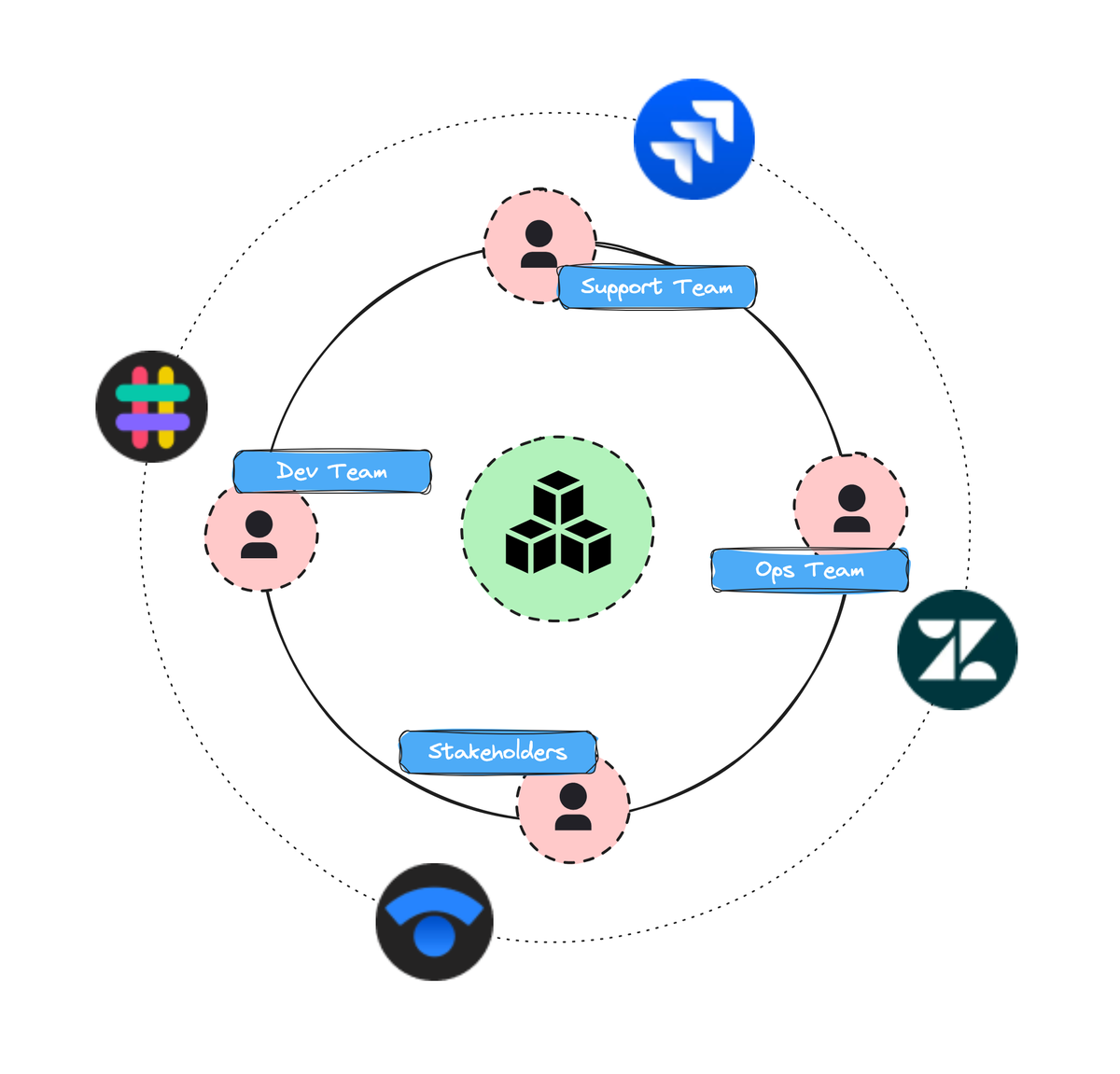Incident management is essential to maintaining the dependability and stability of systems and applications in the dynamic and quick-paced world of IT operations. Automation in incident management has grown essential as companies work to reduce downtime, improve customer experience, and achieve service level agreements (SLAs).
This blog examines the importance of automation in incident management, emphasizing its advantages and difficulties. In the part 2 of this blog, we will discuss about the what are the procedures that we can follow for effective incident management.
What is Incident Management?
The process of responding to an unforeseen event or service interruption and getting the service back up and running is known as incident management. The most crucial aspect of every incident is its prompt resolution, which is why it's critical to establish and adhere to a formalized process.

Need for Incident Management:
The process of discovering, assessing, and fixing interruptions or malfunctions in IT systems is known as incident management. Events might include everything from security breaches to system failures and performance deterioration. Resolving incidents quickly and effectively is crucial to minimizing user impact, preserving business continuity, and safeguarding the organization's brand.
What is Automated Incident Management?
The method of automating incident response to guarantee that key occurrences are identified and handled most effectively and consistently is known as automated incident management.
Time is of the utmost importance in incident management, and automated incident management offers speed as its main advantage. You can do time-consuming chores considerably more quickly using automation. As a result, the team may respond to incidents more quickly and concentrate on tasks that call for their specialized knowledge.
Benefits of Automation in Incident Management:
1) Less Room for Human error:
Handling every aspect of it manually, from data entry to incident resolution, can make you prone to little errors. For instance, you might overlook a crucial message or fail to update the status of a problem. The response team may stop juggling many apps and manual activities with an automated incident management solution. Instead, they may use that time to work on things that need their attention.
2) Fewer False Positives:
Alerts in incident management can be both helpful and problematic. False-positive notifications are frequently among the true and actionable alerts; these can cause alert fatigue, in which workers grow numb to alerts because of their excessive volume. The application will evaluate the warnings through automation and assign them to the appropriate team members, sparing important time and resources.
3) Faster MTTR:
The speed is an automated incident management system's main advantage. The Mean Time to Detection (MTTD) and Mean Time to Resolution (MTTR) can be reduced by reducing human interaction
4) Prioritising the tasks:
IT teams may concentrate on high-value work like proactive risk mitigation, root cause investigation, and strategic planning by automating routine processes.
5) Increased Scalability:
Without using a corresponding increase in human resources, automation enables businesses to scale their incident management capabilities to address an increasing volume of occurrences.
6) Historical Data Analysis:
Automated incident management systems can analyze historical incident data to identify patterns and trends, aiding in the proactive prevention of recurring issues.

Teams can resolve significant occurrences more quickly and gather information for root cause analysis when they have an efficient incident management system in place. Team members begin to compile a playbook for resolving comparable issues in the future when they record how previous instances were handled.
Conclusion:
All these lead to improving the end-user customer experience. In the end customers receive higher-quality service when issues are resolved more quickly and correctly the first time. This starts with an intuitive and uncomplicated method for reporting interruptions in service, and it continues with effective communication during the issue resolution process.
We at OnePane help Organizations have multiple tools to manage incidents (monitoring tool, APM, and other tools). Onepane consolidates alerts, and resource info from all the tools to create incidents. The incidents are then mapped to the right resources, helping teams accelerate incident resolution.

